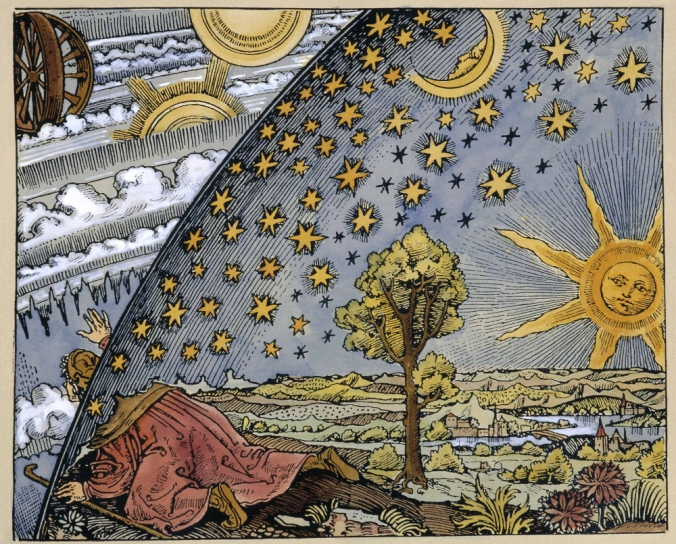From January 2008 item in the UK’s The Daily Mail:
In 1995, the US Congress asked two independent scientists to assess whether the $20 million that the government had spent on psychic research had produced anything of value. And the conclusions proved to be somewhat unexpected.
Professor Jessica Utts, a statistician from the University of California, discovered that remote viewers were correct 34 per cent of the time, a figure way beyond what chance guessing would allow.
She says: “Using the standards applied to any other area of science, you have to conclude that certain psychic phenomena, such as remote viewing, have been well established.
“The results are not due to chance or flaws in the experiments.”
Of course, this doesn’t wash with sceptical scientists.
Professor Richard Wiseman, a psychologist at the University of Hertfordshire, refuses to believe in remote viewing.
He says: “I agree that by the standards of any other area of science that remote viewing is proven, but begs the question: do we need higher standards of evidence when we study the paranormal? I think we do.
“If I said that there is a red car outside my house, you would probably believe me.
“But if I said that a UFO had just landed, you’d probably want a lot more evidence.
“Because remote viewing is such an outlandish claim that will revolutionise the world, we need overwhelming evidence before we draw any conclusions. Right now we don’t have that evidence.”
[Emphasis added]
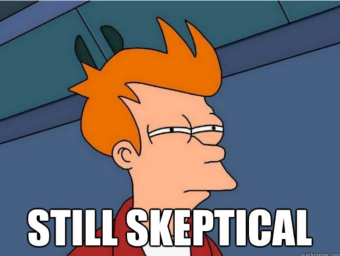 What Professor Wiseman has just admitted in his own words is that, “by the standards of any other area of science that remote viewing is proven”. It literally passes the rigorous tests all other fields of science go through.
What Professor Wiseman has just admitted in his own words is that, “by the standards of any other area of science that remote viewing is proven”. It literally passes the rigorous tests all other fields of science go through.
However, I have the suspicion that he doesn’t want to believe in it. So rather than accepting facts as facts, he’s arguing that we should move the goal-post; setting a standard that wouldn’t apply to any other scientific branch. Thereby creating a double-standard. If it sounds unjust, thats because it is.
He does this by throwing out a red-herring. By making a comparison to UFO’s, he can make remote viewing seem ridiculous to the public eye, all the while protecting his own paradigm.
Because we’d need a lot more evidence for a UFO than we would for a red car, right?
Wrong.
Indeed, if I was a skeptic, and someone told me there was a red car in my drive way, I might say: “I don’t know, is there a red car in my drive way? Why should I believe you? Lets go find out!” Then we would go and look and see if its there. That’s a skeptical attitude: not taking peoples word for granted and finding out yourself.
The same process for verifying the existence of a red car is the same you would use to verify the existence of a UFO. A UFO is by definition an ‘Unidentified Flying Object’. If you had analyzed it with the same standards you did a red car, you would have an Identified that flying object. Boom. Its no longer a mystery.
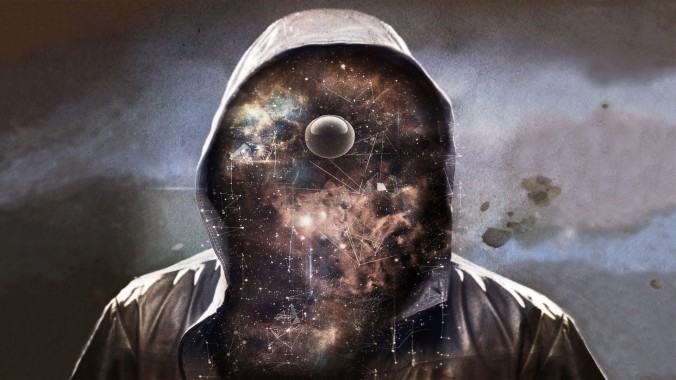 Remote Viewing is not a UFO. We’ve put remote viewing in the lab, and verified that its real with the same methods we verify other phenomena. This psychologist admits this, and by that merit, its a scientifically verifiable reality. No longer “paranormal”- but demonstrably normal and repeatable. Meaning you don’t have to take his or anyone’s word on it.
Remote Viewing is not a UFO. We’ve put remote viewing in the lab, and verified that its real with the same methods we verify other phenomena. This psychologist admits this, and by that merit, its a scientifically verifiable reality. No longer “paranormal”- but demonstrably normal and repeatable. Meaning you don’t have to take his or anyone’s word on it.
Sadly, this psychologist is not immune to confirmation bias, logical fallacies, or propaganda (ironic, I know). He has a narrow view of materialism that doesn’t account for Psi, and wants to keep it that way. But at this point, his attitude is no longer scientific, its dogmatic. If you wanted to jest, perhaps you could say he has fundamentalist attitudes about reality that science can’t change his mind about.
 and 1937. After 1937, experiments in parapsychology were publicly forbidden during Stalin’s time, and their the rationale behind this was that studies in parapsychology were an attempt to undermine communist-materialism. Privately, though, Stalin continued the government research of parapsychology- and with much success.
and 1937. After 1937, experiments in parapsychology were publicly forbidden during Stalin’s time, and their the rationale behind this was that studies in parapsychology were an attempt to undermine communist-materialism. Privately, though, Stalin continued the government research of parapsychology- and with much success. Visiting Soviet psi labs in 1967, Doctor Ryzl says that he was told by a Soviet, “When Suitable means of propaganda are cleverly used, it is possible to mold any man’s conscience so that in the end he may misuse his abilities while remaining convinced that he is serving an honest purpose.” Ryzl continues, “The USSR has the means to keep the results of such research secret from the rest of the world and, as practical applications of these results become possible, there is no doubt that the Soviet Union will do so.” What will ESP be used for? “To make money, and as a weapon,” Ryzl states flatly.
Visiting Soviet psi labs in 1967, Doctor Ryzl says that he was told by a Soviet, “When Suitable means of propaganda are cleverly used, it is possible to mold any man’s conscience so that in the end he may misuse his abilities while remaining convinced that he is serving an honest purpose.” Ryzl continues, “The USSR has the means to keep the results of such research secret from the rest of the world and, as practical applications of these results become possible, there is no doubt that the Soviet Union will do so.” What will ESP be used for? “To make money, and as a weapon,” Ryzl states flatly.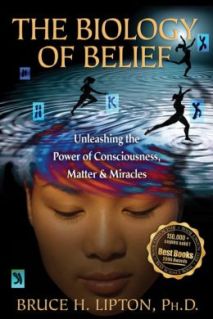 Buried in exceptional cases are the roots of a more powerful understanding of the nature of life – “more powerful” because the principles behind these exceptions trump established “truths.” The fact is that harnessing the power of your mind can be more effective than the drugs you have been programmed to believe you need. The research I discussed in the last chapter found that energy is a more efficient means of affecting matter than chemicals.
Buried in exceptional cases are the roots of a more powerful understanding of the nature of life – “more powerful” because the principles behind these exceptions trump established “truths.” The fact is that harnessing the power of your mind can be more effective than the drugs you have been programmed to believe you need. The research I discussed in the last chapter found that energy is a more efficient means of affecting matter than chemicals.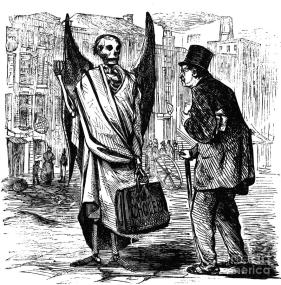 The man survived and Science, reflecting the unanimity of opinion of Germ Theory, had the audacity to say his criticism was incorrect? If it is claimed that this bacterium is the cause of cholera, and the man demonstrates that he is unaffected by germs… how can he be “incorrect”? Instead of trying to figure out how the man avoided the dreaded disease, scientists blithely dismiss this and other embarrassing “messy” exceptions that spoil their theories. Remember the “dogma” that genes control biology? Here is another example in which scientists, bent on establishing the validity of their truth, ignore pesky exceptions. The problem is that there cannot be exceptions to a theory; exceptions simply mean that the theory is not fully correct.
The man survived and Science, reflecting the unanimity of opinion of Germ Theory, had the audacity to say his criticism was incorrect? If it is claimed that this bacterium is the cause of cholera, and the man demonstrates that he is unaffected by germs… how can he be “incorrect”? Instead of trying to figure out how the man avoided the dreaded disease, scientists blithely dismiss this and other embarrassing “messy” exceptions that spoil their theories. Remember the “dogma” that genes control biology? Here is another example in which scientists, bent on establishing the validity of their truth, ignore pesky exceptions. The problem is that there cannot be exceptions to a theory; exceptions simply mean that the theory is not fully correct.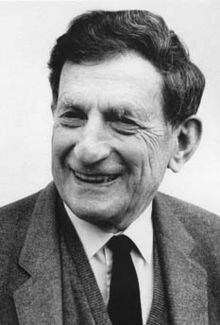 David Bohm was one of the most well respected scientists of the 20th century. He attended at the California institute of technology and UC Berkely. His Doctorate advisor was Robert Oppenheimer. Bohm was also a protege of Einstein’s, working as his assistant at Princeton University. He was one of the forerunners and pioneers of quantum theory in the mid-twentieth century.
David Bohm was one of the most well respected scientists of the 20th century. He attended at the California institute of technology and UC Berkely. His Doctorate advisor was Robert Oppenheimer. Bohm was also a protege of Einstein’s, working as his assistant at Princeton University. He was one of the forerunners and pioneers of quantum theory in the mid-twentieth century. The implicate order to Bohm, in layman’s terms, is all the basic rules of reality that actually exist on a single plain. All events that we know of are tied to this plain of reality, but we cannot perceive how because it is hidden- or implicit.
The implicate order to Bohm, in layman’s terms, is all the basic rules of reality that actually exist on a single plain. All events that we know of are tied to this plain of reality, but we cannot perceive how because it is hidden- or implicit.  Bohm theorized that the implicate and explicate order interacted with each other as a greater whole- that things that appeared separate in real life were actually connected at a deeper part of reality- in the implicate order. Bohm believed that things could be manifest in reality through the mind, via the brain, which to him was a holographic machine.
Bohm theorized that the implicate and explicate order interacted with each other as a greater whole- that things that appeared separate in real life were actually connected at a deeper part of reality- in the implicate order. Bohm believed that things could be manifest in reality through the mind, via the brain, which to him was a holographic machine.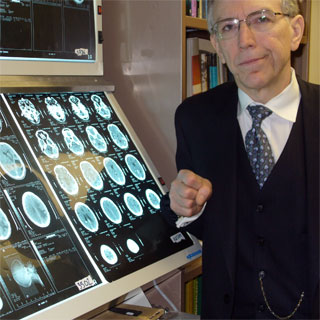
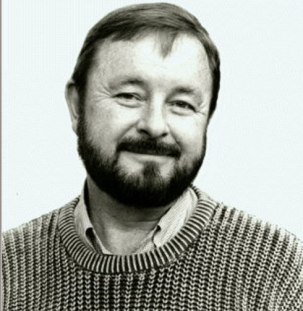
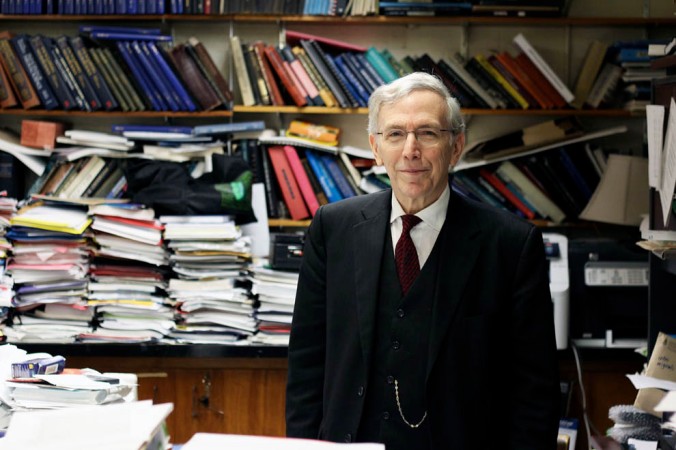
 According to standard physics textbooks, Quantum mechanics is the theory of the microscopic world. It describes particles, atoms, and molecules but gives way to ordinary classical physics on the macroscopic scales of pears, people, and planets. Somewhere between molecules and pears lies a boundary where the strangeness of quantum behavior ends and the familiarity of classical physics begins…
According to standard physics textbooks, Quantum mechanics is the theory of the microscopic world. It describes particles, atoms, and molecules but gives way to ordinary classical physics on the macroscopic scales of pears, people, and planets. Somewhere between molecules and pears lies a boundary where the strangeness of quantum behavior ends and the familiarity of classical physics begins…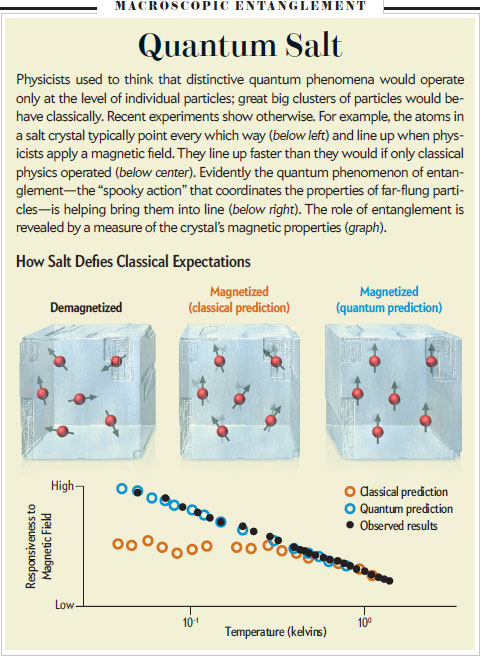 A neat experiment in 2003 proved that larger systems, too, can remain entangled when the leakage is reduced or somehow counteracted. Gabriel Aeppli of University College London and his colleagues took a piece of lithium fluoride salt and put it in an external magnetic field. You can think of the atoms in the salt as little spinning magnets that try to align themselves with the external field, a response known as magnetic susceptibility. Forces that the atoms exert on one another act as a kind of peer pressure to bring them into line more quickly . As the researchers varied the strength of the magnetic field, they measured how quickly the atoms became aligned. They found that they atoms responded much faster than the strength of their mutual interactions would suggest. Evidently some additional effect was helping the atoms to act in unison, and the researchers argued that entanglement was the culprit. If so, the 1020 atoms of the salt form a hugely entangled state.
A neat experiment in 2003 proved that larger systems, too, can remain entangled when the leakage is reduced or somehow counteracted. Gabriel Aeppli of University College London and his colleagues took a piece of lithium fluoride salt and put it in an external magnetic field. You can think of the atoms in the salt as little spinning magnets that try to align themselves with the external field, a response known as magnetic susceptibility. Forces that the atoms exert on one another act as a kind of peer pressure to bring them into line more quickly . As the researchers varied the strength of the magnetic field, they measured how quickly the atoms became aligned. They found that they atoms responded much faster than the strength of their mutual interactions would suggest. Evidently some additional effect was helping the atoms to act in unison, and the researchers argued that entanglement was the culprit. If so, the 1020 atoms of the salt form a hugely entangled state.


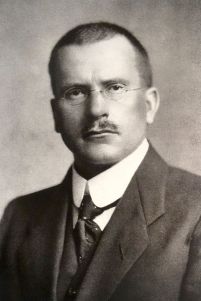 Carl Jung was a famous Swiss Psychiatrist who worked in both psychotherapy and analytical psychology. He was a student of Freud’s who played a huge influence in a number of fields, including psychology, literature, archaeology and religious studies.
Carl Jung was a famous Swiss Psychiatrist who worked in both psychotherapy and analytical psychology. He was a student of Freud’s who played a huge influence in a number of fields, including psychology, literature, archaeology and religious studies.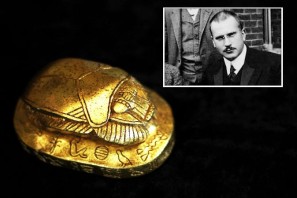 “My example concerns a young woman patient who, in spite of efforts made on both sides, proved to be psychologically inaccessible. The difficulty lay in the fact that she always knew better about everything. Her excellent education had provided her with a weapon ideally suited to this purpose, namely a highly polished Cartesian rationalism with an impeccably “geometrical” idea of reality. After several fruitless attempts to sweeten her rationalism with a somewhat more human understanding, I had to confine myself to the hope that something unexpected and irrational would turn up, something that would burst the intellectual retort into which she had sealed herself. Well, I was sitting opposite of her one day, with my back to the window, listening to her flow of rhetoric. She had an impressive dream the night before, in which someone had given her a golden scarab-a costly piece of jewellery. While she was still telling me this dream, I heard something behind me gently tapping on the window. I turned round and saw it was a fairly large flying insect that was knocking against the window-pane from outside in the obvious effort to get into the dark room. This seemed to me very strange. I opened the window immediately and caught the insect in the air as it flew in. It was a scarabeid beetle common of rose-chafer, whose gold-green color most nearly resembles that of a golden scarab. I handed the beetle to my patient with the words, “Here is your scarab.” This experience punctured the desired hole in her rationalism and broke the ice of her intellectual resistance. The treatment could now begin with satisfactory results.
“My example concerns a young woman patient who, in spite of efforts made on both sides, proved to be psychologically inaccessible. The difficulty lay in the fact that she always knew better about everything. Her excellent education had provided her with a weapon ideally suited to this purpose, namely a highly polished Cartesian rationalism with an impeccably “geometrical” idea of reality. After several fruitless attempts to sweeten her rationalism with a somewhat more human understanding, I had to confine myself to the hope that something unexpected and irrational would turn up, something that would burst the intellectual retort into which she had sealed herself. Well, I was sitting opposite of her one day, with my back to the window, listening to her flow of rhetoric. She had an impressive dream the night before, in which someone had given her a golden scarab-a costly piece of jewellery. While she was still telling me this dream, I heard something behind me gently tapping on the window. I turned round and saw it was a fairly large flying insect that was knocking against the window-pane from outside in the obvious effort to get into the dark room. This seemed to me very strange. I opened the window immediately and caught the insect in the air as it flew in. It was a scarabeid beetle common of rose-chafer, whose gold-green color most nearly resembles that of a golden scarab. I handed the beetle to my patient with the words, “Here is your scarab.” This experience punctured the desired hole in her rationalism and broke the ice of her intellectual resistance. The treatment could now begin with satisfactory results.